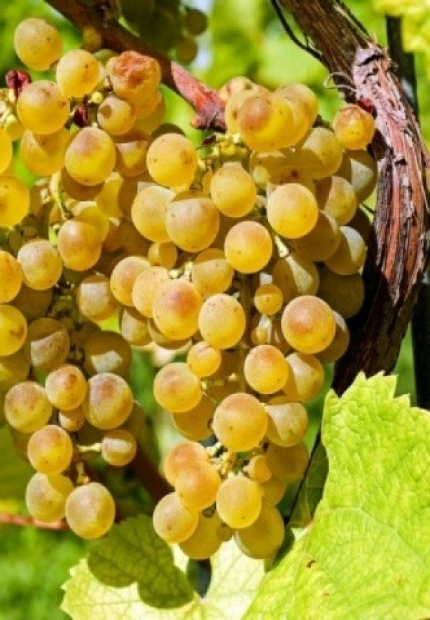A journey through the tradition, history and culture of Toro wine
The designation of origin of Toro celebrates its 30th anniversary in Zamora, where they have tasted more than a hundred red and white wines from 30 wineries.
In addition to its heritage and its cultural offer, if there is something for which Toro conquers all who visits it is for its great wine history. Its wines of high quality and unmistakable personality have turned the town of Zamora into one of the best wine regions in the world. The municipality has more than forty wineries belonging to the Toro Designation of Origin that celebrates its 30th anniversary in Zamora. Toro is a historical and monumental city. It is historical because it was the royal seat and venue of Courts between the 12th and 16th centuries. And monumental because, thanks to that period of splendor, buildings of great transcendence were built that last to this day and represent the era of glory that the municipality lived. But, undoubtedly, the most pleasant thing to stroll through this town with the name of wine is the medieval flavor that each of its corners hold. In the world of wine, Toro means strength and power.
Throughout time, winemakers and oenologists have promoted the development of the region up to the point that in 1987 the wine was recognized as a Designation of Origin, which now celebrates its 30th anniversary in Zamora. It began its journey with six wineries and today it has registered 61 facilities located in twelve municipalities in the Toro region and three in the province of Valladolid. But its subsoil hides, in addition, the existence of more than 300 underground wineries.
The wine history of the town is very old. You have to go back to Roman times and throughout the 12th and 13th centuries, when Toro wines were a precious market item. During the Middle Ages it was one of the most prosperous cities of the Kingdom of León for its wine production. During this period it even enjoyed of royal privileges. Alfonso IX, king of León, is attributed the following sentence: "I have a bull that gives me wine and a lion that drinks it for me". In Seville, the sale of any foreign wine, except Toro's, was prohibited by order of the king.
It was also the wine that Christopher Columbus carried in the holds of his ships during the discovery of America. Many historians agree that it was the Fray Diego de Deza, confessor of King Ferdinand of Aragon, who, as a connoisseur of his region, named 'La Pinta' one of the 3 caravels of Columbus, making reference with that name to a measure of wine used at the time. Even today it is used as a colloquial expression to refer to a drink of wine.
In the 19th century, with the arrival of phylloxera in Europe, Toro exported large quantities of production, mainly to France. In the twentieth century, many vineyards used Toro grapes to make their wines. On June 2nd, 1987, the designation of origin was approved. Now, after 30 years of experience, new challenges are emerging: the aim is to obtain the certification as the Wine Route of Spain granted by the Spanish Association of Wine Cities (Acevin).
Walking through this medieval city and doing wine tourism in Toro is an introduction to the history of Castille and Leon. Within the group of wineries that can be visited there is one, framed in an extraordinary landscape between forests and hawthorns, belonging to a pair of English winemakers: Estancia Piedra Winery. Its vineyards are located in an area of small hills, an ideal soil for the vine. The winery has an artificial cave pierced under one of the hills. There you can see the barrel room. Behind the barrels it can be found the bedroom of bottles, where the wines acquire their characteristic bouquet.
Next to the Main Square, in the subsoil of an old manor house of Toro, another old winery has been rehabilitated. Inside you can enjoy a permanent exhibition about the wines of the D.O.Toro.
In Bodegas Fariña, in the town of Toro, the first carbonic maceration wine of the area is produced. Made 100% with Tinta de Toro, this young wine boasts a spectacular range of flavors and aromas. Every year you can see a different label that reproduces the work of the winner of the National Painting Contest "Primero de Fariña".
Another winery with D.O. Toro is that of Valbusenda, a family project that emerged in 2003. An enotouristic complex consisting of a winery, a 5-star Hotel-Spa, an Ampelographic Garden and a Training Vineyard-dedicated exclusively to the study of different systems of plantation-, offering its visitors the possibility of entering the world of wine through the five senses.
Much more than a Museum, that is how we can catalog the Wine Museum of Pagos del Rey in Morales de Toro. Work of Pagos del Rey (Félix Solís), the museum offers visitors many surprises to discover and enjoy the world and the culture of wine. You can go inside the tanks, observe the fermentation of the grapes and also enjoy the interior of the adjacent winery to contemplate a beautiful aging room.



